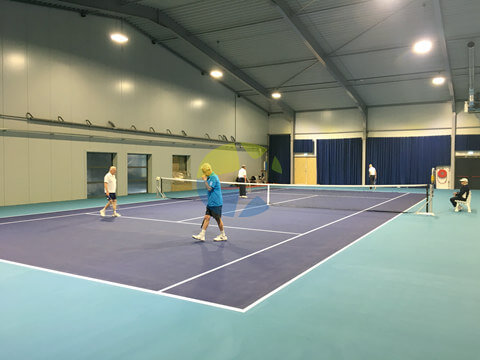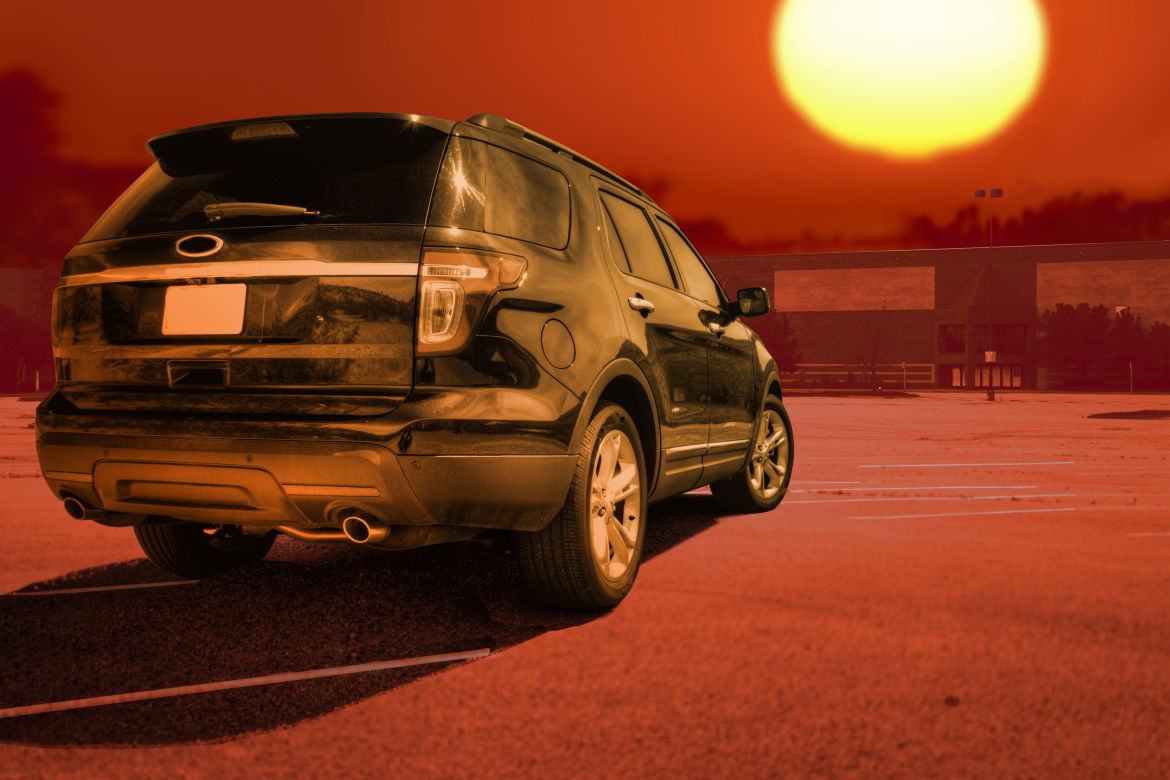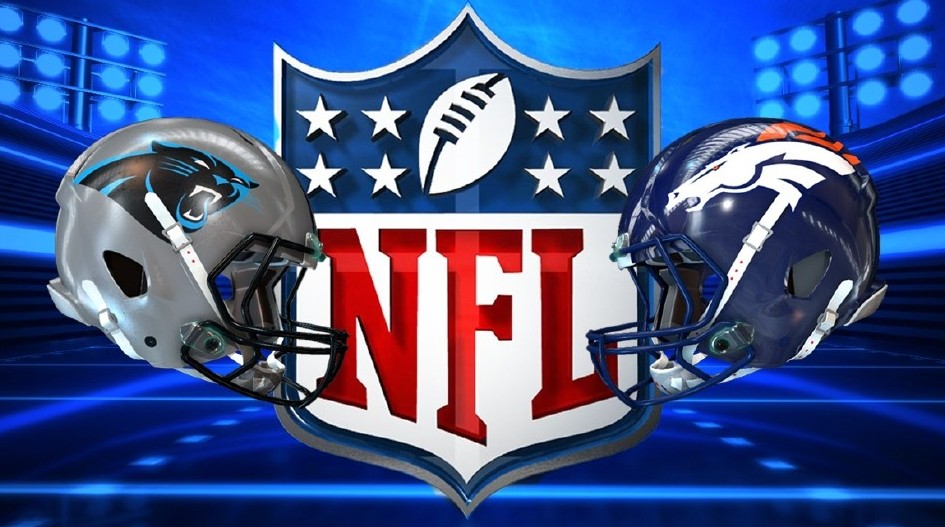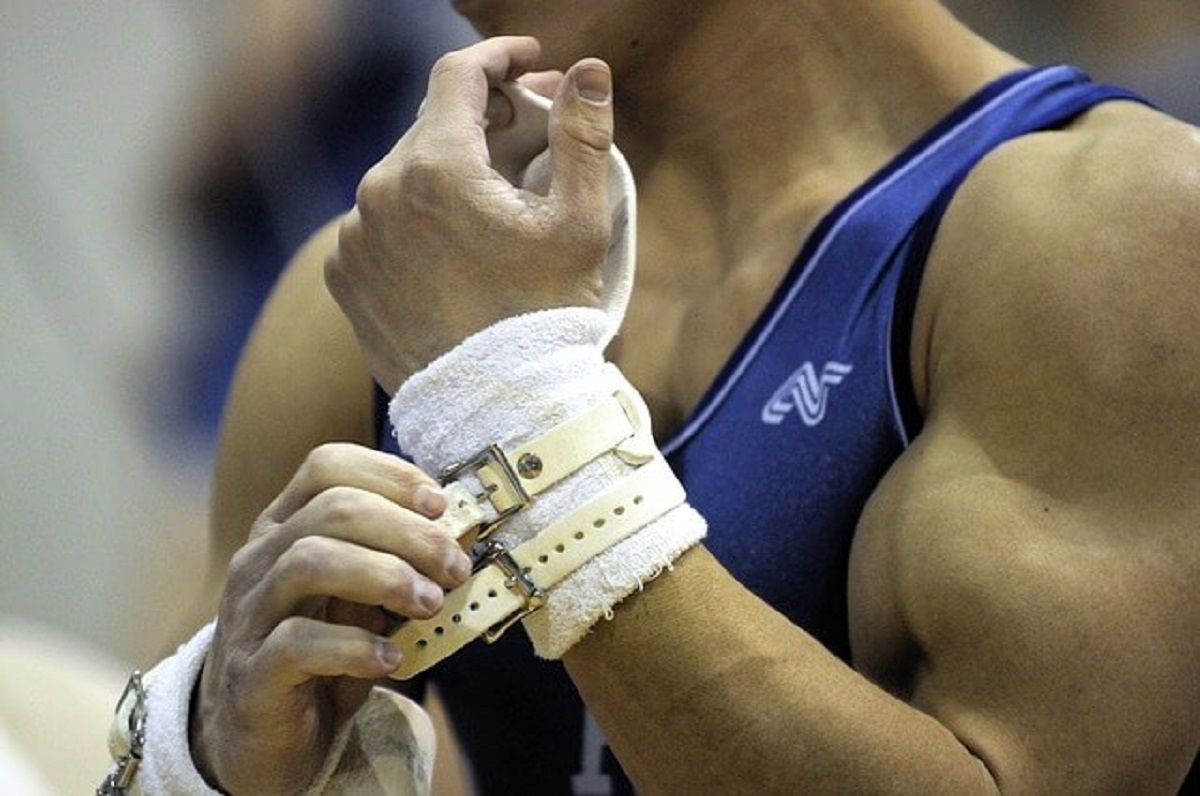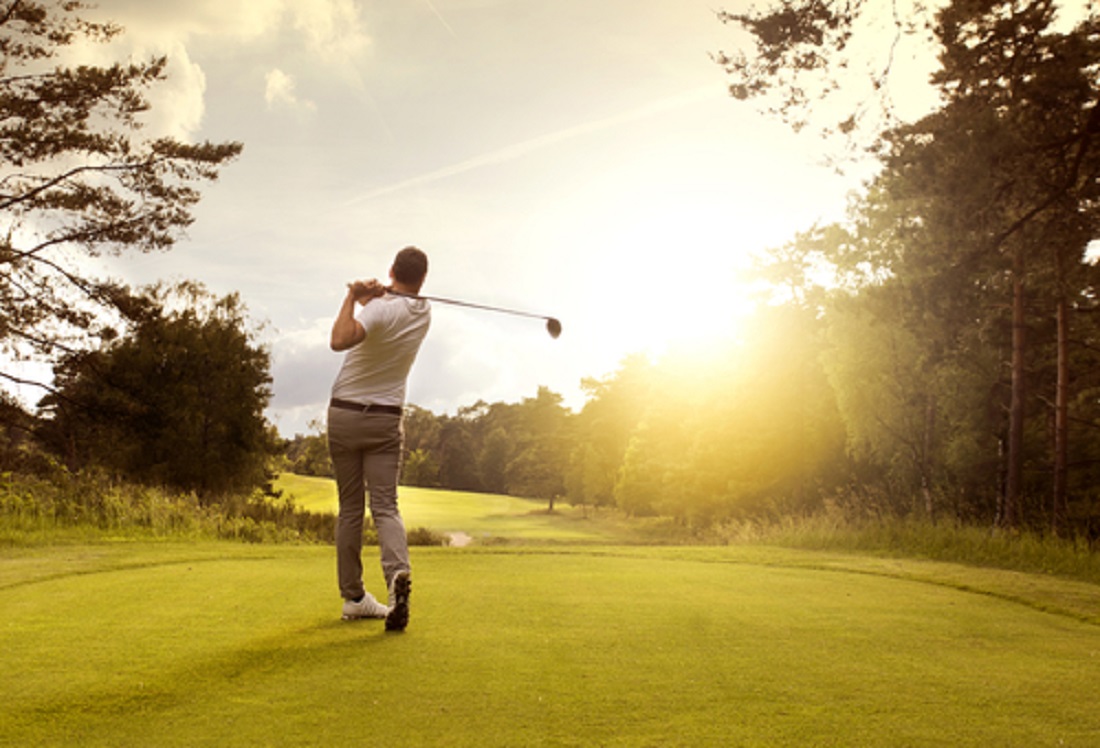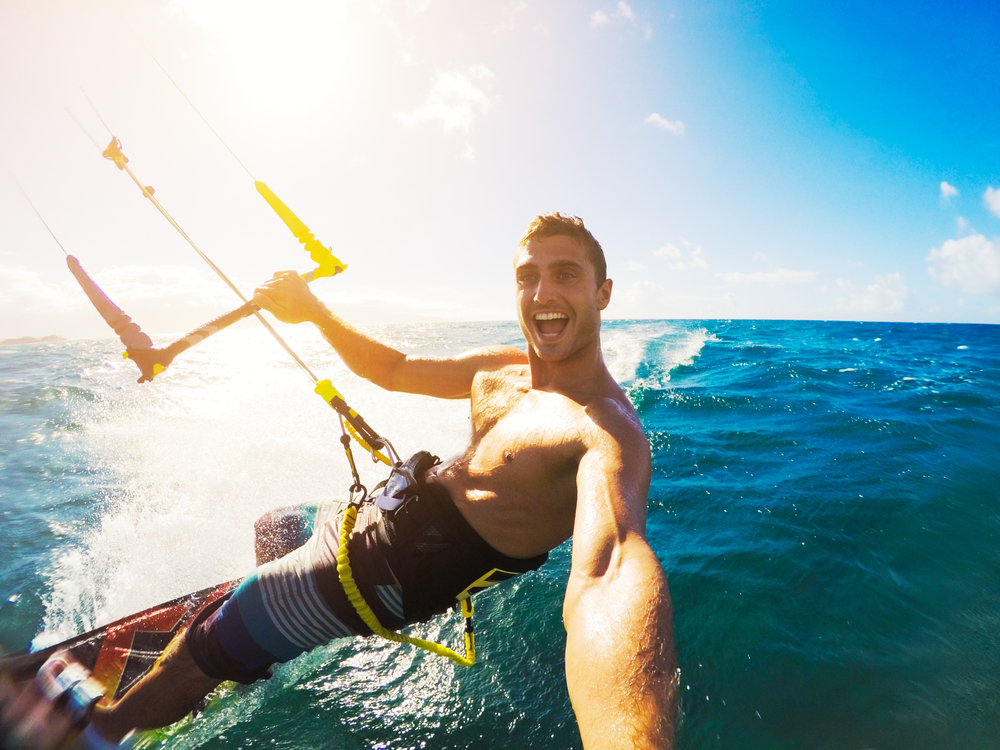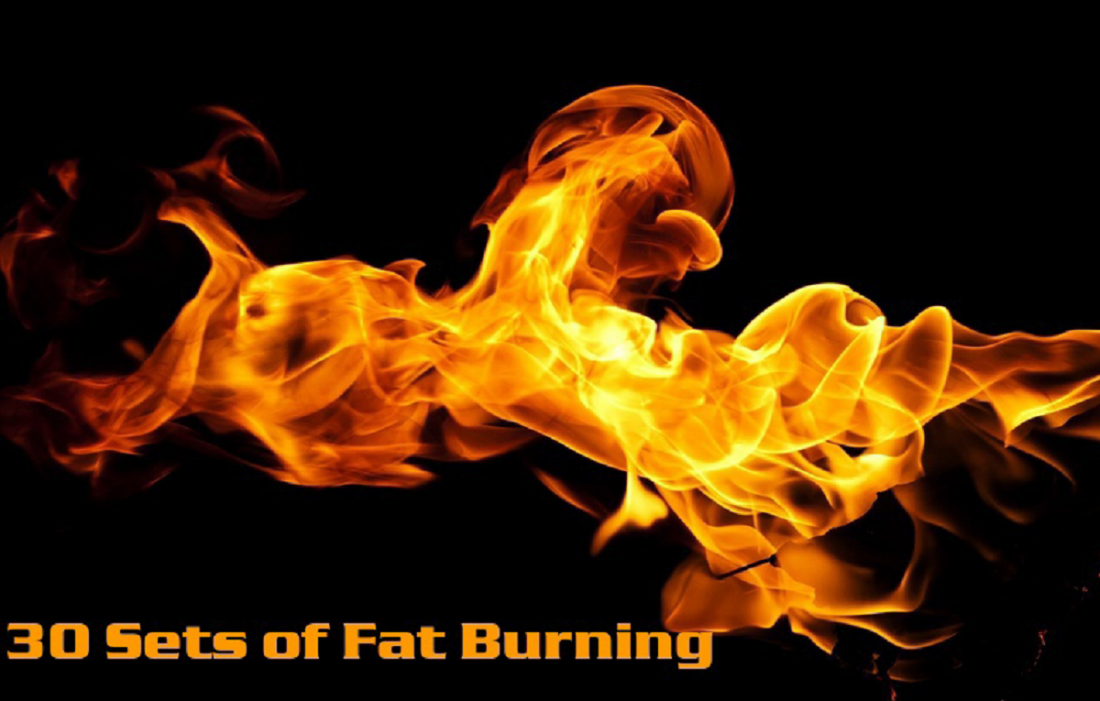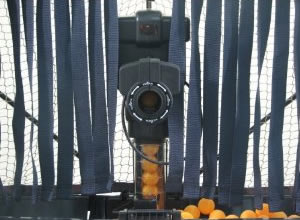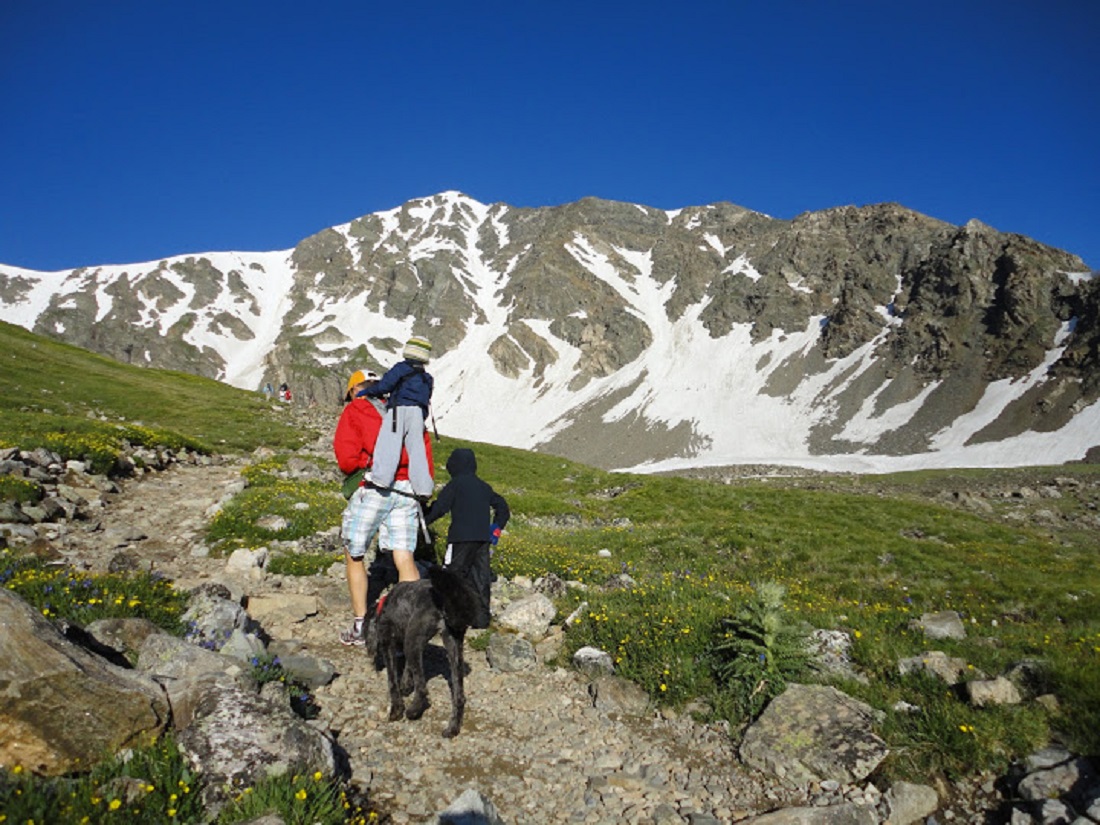Nowadays there is a tendency that all people have to look good. You have to be smart, well-groomed, with hairstyles, manicures and beautiful fit bodies. Besides, in recent years, it has become very fashionable to lead a healthy and active lifestyle. But as we all know it is often very hard to start something. Here I offer you 30 sets of fat burning that will help you get in shape and get rid of extra fat in the body.
Lets’ start!
1. Caffeine
As soon as you wake up, drink 1-2 cups of coffee. Caffeine – is a proven “fat burner”. It helps not only to burn more fat during exercise, but also prevents its accumulation. Drink a cup or two of strong coffee before morning cardio. Even do not dare to put sugar and cream! This will spoil everything! Sugar and cream do not let burn fat! Instead of coffee, you can take caffeine in tablets (200-300mg). And be assured – the effect of caffeine is scientifically proven!
2. Carnitine
Take some BCAAs and carnitine before cardio. Cardio destructs not only fat, but also muscles (catabolism-muscle destruction). In order to avoid this, take 5g of BCAA. BCAAs is guaranteed to neutralize muscle catabolism! Don’t forget about carnitine. It burns fat and increases levels of the hormone testosterone that also burns fat.
3. Cardio before breakfast
Do cardio before breakfast. While you are sleeping the body, usually depletes sugar. So, subcutaneous fat is the main source of energy for cardio. That is why, morning cardio efficiency is very high! Of course, you have to get up a little earlier than usual to get in time to work. But the effect of cardio is worth it!
4. DO intervals.
Some time ago, cardio was understood as rhythmic running. But later, we came up with a new cardio – interval. For example, run fast for a minute and then walk fast for a minute. This alternation of load pace has a powerful fat burning effect. Scientists undertook to compare the results of a six-month aerobics course in two groups: first group simply practiced intense jogging and the second – the intervals. As a result, athletes in the second group disposed of fat 9 times more. Spend your morning cardio for 25 minutes, breaking it up into minute intervals: minute – running, minute – brisk walking.
5. Eggs.
You need a good meal after a morning cardio. The best option is eggs. The yolk contains healthy fats and lecithin, which helps the muscles grow, improve brain function and accelerate fat metabolism. Cholesterol that is also in the yolk is used to produce testosterone in your body. Fats in eggs are immediately spent on energy consumption and almost never stored. Scientists note that the consumption of eggs for breakfast reduces subsequent calorie intake by almost 25%. Nutritionists recommend eating 2-3 whole eggs + 2-3 egg whites in the morning. Do not be afraid of cholesterol in eggs, taking them does not lead to an increase in bad cholesterol. But you should be afraid of infection, so boil eggs!
6. Slow carbohydrates.
It is good to eat slow carbohydrates, for example, 2 whole-meal toasts or a plate of porridge for breakfast. Slow carbohydrates do not raise insulin levels, which is responsible for fat storage “on reserve”. When insulin is low, carbohydrate metabolism slows down, and fat metabolism increases. This saves glycogen during training, and speeds up recovery. In addition, grains contain fiber that helps get rid of fat and suppresses appetite.
7. A half of grapefruit.
Eat half a grapefruit for breakfast. Grapefruit juice helps get rid of fat, lowering insulin levels due to the action of vitamin C. The research showed that those who ate half a grapefruit for breakfast, could burn 1.5 kg of fat more than 3 months as compared to the other groups.
Lunch
8. Oatmeal rocks!
A couple of hours after the first breakfast is time to get to the second. Remember that you need to eat every 2-3 hours. What for? Frequent meal mode speeds up the processes occurring in the body, including fat burning. That is why, you need to eat 6-8 times a day to lose weight. And then, it’s time to eat porridge again. We need simple oatmeal, boiled in water, without sweeteners or flavorings .
9. Cottage cheese.
Food intake cannot be considered complete if there is no protein, so add some cottage cheese to oatmeal. This wonderful product contains about 28 grams of protein per cup, that is, casein protein that accelerates the growth of muscles and reduces appetite. It is better to choose cheese with low fat (not more than 1 %).
10.Water!
Drink 2 cups of cold water between meals. Studies show that this method speeds up metabolism by 25-30 % within an hour. On the contrary, dehydration inhibits fat burning. Water intake (plain, no additives) is essential! Do not forget about it, if you want to get rid of fat!
Noon / Training
11.Green tea.
Before a workout, take green tea extract containing strong natural fat burners: caffeine, catechins. Take it two times a day, to get rid of fat. A single dose is 500 mg, taken before meals.
12.Warm up!
Of course, we do a warm-up before training, stretching and warm-up exercises. That can be replaced by a short cardio session on the ergometer bicycle (10-15 minutes), during the fat burning workout. It will also help warm up and burn at least 150 calories.
13. Train differently!
Strength training should be changed a little, because our goal is to get rid of fat. Focus on large muscle groups. Such training consumes more energy. Give up the isolated lung exercises on blocks and simulators. General exercises with a barbell or dumbbells should be the basis of the training program. Thus, squats consume 50% more energy than the leg press. Then, it is necessary to change the methods and training, too. If you train 1-2 muscles a day, then you need to go to the simultaneous training of all muscles of the body. If you do not have time, break all the muscle groups into 2 days (Day 1-chest, back, delta, legs; Day 2-arms, calves, press). Train each muscle 1-2 exercises for 3-5 sets. It’s perfect to train in a day.
14. Hard training!
Gym veterans advise that you should do a lot of repetitions in each set, so they say you will burn more calories. Not likely! Science has shown that severe hard 4-6 repetitions cause the largest energy consumption, besides, body is in a state of rapid metabolism for a few hours after such training.
15. Less rest between sets.
How can I do the hard 4-6 repetitions and rest between 3 minutes? You can and should! To get rid of fat, you have to rest for 30 seconds, at least a minute. And in order to have time to recover, use this trick: mix sets of exercises on different muscle groups. For example, today you do chest and back. Make a set for the chest and after 30 seconds go to the set of exercise for the back … So, while one muscle is working, the other rests.
16. Extend the Sets
To burn fat even more, use the principles of Weider “rest-pause” and stage sets. Do 6 reps, decrease the weight for 10% and continue set to the bursting point (step). Or you can relax for 15-20 seconds and do a few more reps with the same weight to the bursting point (rest- break).
Noon / After Workout
17. Fast carbohydrates
These carbohydrates are considered to be harmful, because it stimulates the sharp release of insulin, but it is very good after a workout. Insulin helps when exhausted muscles are in great need of sugar. The rapid recovery of energy in the muscles, stimulates further growth. Well, the more muscles, the more energy they need. It will also help get rid of fat.
18. Protein.
Muscles need protein after a workout. Natural protein is slowly digested, so it is better to drink a protein shake of whey protein. The cocktail should contain 20-40 grams of protein. Scientists have proven that taking whey protein in large quantities helps get rid of fat.
19. Creatine.
Creatine increases muscle strength, as well as speeds up the metabolism, increasing the daily energy expenditure of at least 100 calories.
20. Nuts.
Eat some nuts between the post-workout meal and the next meal. They contain healthy fats that help the absorption of other fat.
EVENING
21 Law of the salad.
You cannot eat a lot for dinner – it is an important rule of weight loss. Vegetable salads will help. They are low in calories, but they have the volume necessary to create the illusion of fullness. If you eat a salad before the main course, the amount of food eaten will be reduced by 12%. It is useful to add beans and nuts to the salad. But store salads with mayonnaise, sauce, etc. are prohibited. Seriously, if you want to get rid of fat, add lemon juice or vinegar to the salad.
22. Fish.
Fish contains omega-3 fats, accelerating metabolism. Its important influence on our body has been proved away back. It is important to remember that fish can be fried only on the grill and never on the frying pan.
23.Broccoli.
It seems like this vegetable is specially created for those who want to get rid of fat. It contains a lot of calcium, vitamin C, chromium, fiber. That’s why, broccoli is an ideal product for supper.
24. Milk.
Surprisingly, milk helps get rid of fat. Obviously, of low fats. The scientists attributed this property of milk with a high content of calcium that split fats. Milk contains a lot of protein that is useful during the night. Choose milk with a fat content not more than 1%.
25. Fruits.
If you want sweets, forget the cakes and candies. You can only eat fruits for dessert. The most valuable is grapefruit, but you can replace it with an apple (has Sea vitamins and minerals, low in calories).
26. Take a walk
Walk before going to bed. You need to take a walk after dinner, even if there is no dog. Select a distance to walk for 30 minutes. This will be useful and digestion will be faster. It is especially necessary, if you ate too much. But in this case, it is better to walk FOR45 minutes.
Late night
27. No carbohydrates!
You can NOT eat carbohydrates after dinner, even if you are tortured with night hunger. They will turn into body fat. The only exception – late workout. Here you have to do it according to the already known rule about quick carbohydrates.
28. YES protein!
Drink a protein shake before going to bed. The best choice is casein, as whey protein is not suitable. Its uptake will last for the whole night. In addition, casein helps get rid of fat, but you are unlikely to succeed in losing weight in a week.
29. ZMA.
This supplement includes zinc – an important and missing trace element in our body. It plays an important role in the synthesis of testosterone. A low level of zinc means weaker muscle growth. Take ZMA on an empty stomach one hour, half an hour before bedtime. Read more about the benefits of ZMA.
30. Sleep!
Lack of sleep reduces the level of hormones, including testosterone, slows down metabolism and the burning of fat. Scientists believe that sports people should sleep at least 7-8 hours a day. Though sleeping too much is harmful. This way sleeping over 10 hours leads to the same changes in the hormonal background.
I hope these tips will be useful for you! Good Luck!
Olympia Powell is a blogger, writer and artist. Works as a writer and blogger at Essay-writer.club Started working as a writer cause of love for the art of writing and literature. Having some free time paints paintings and just tries to make some art. You can contact her on Twitter Facebook

